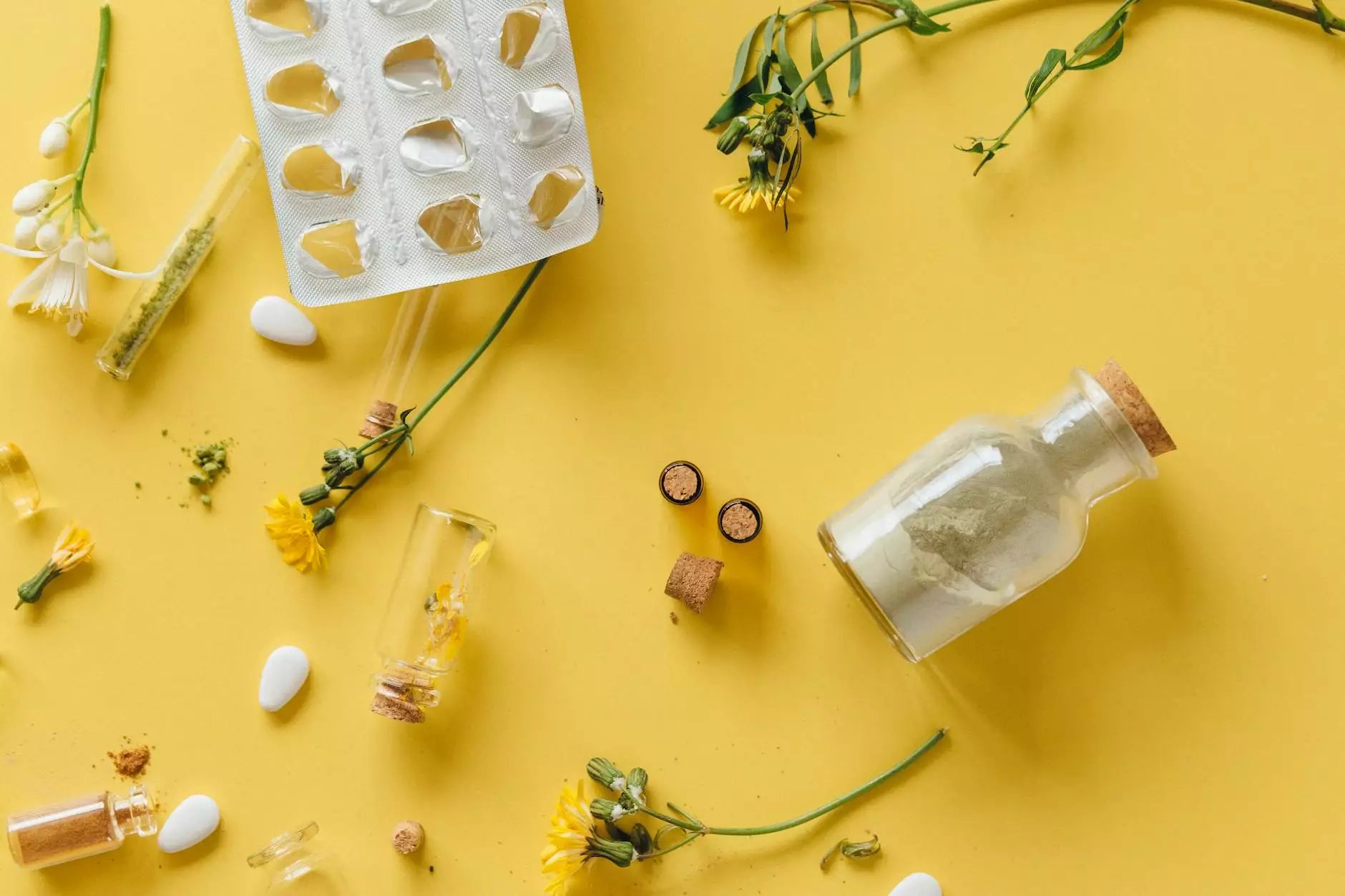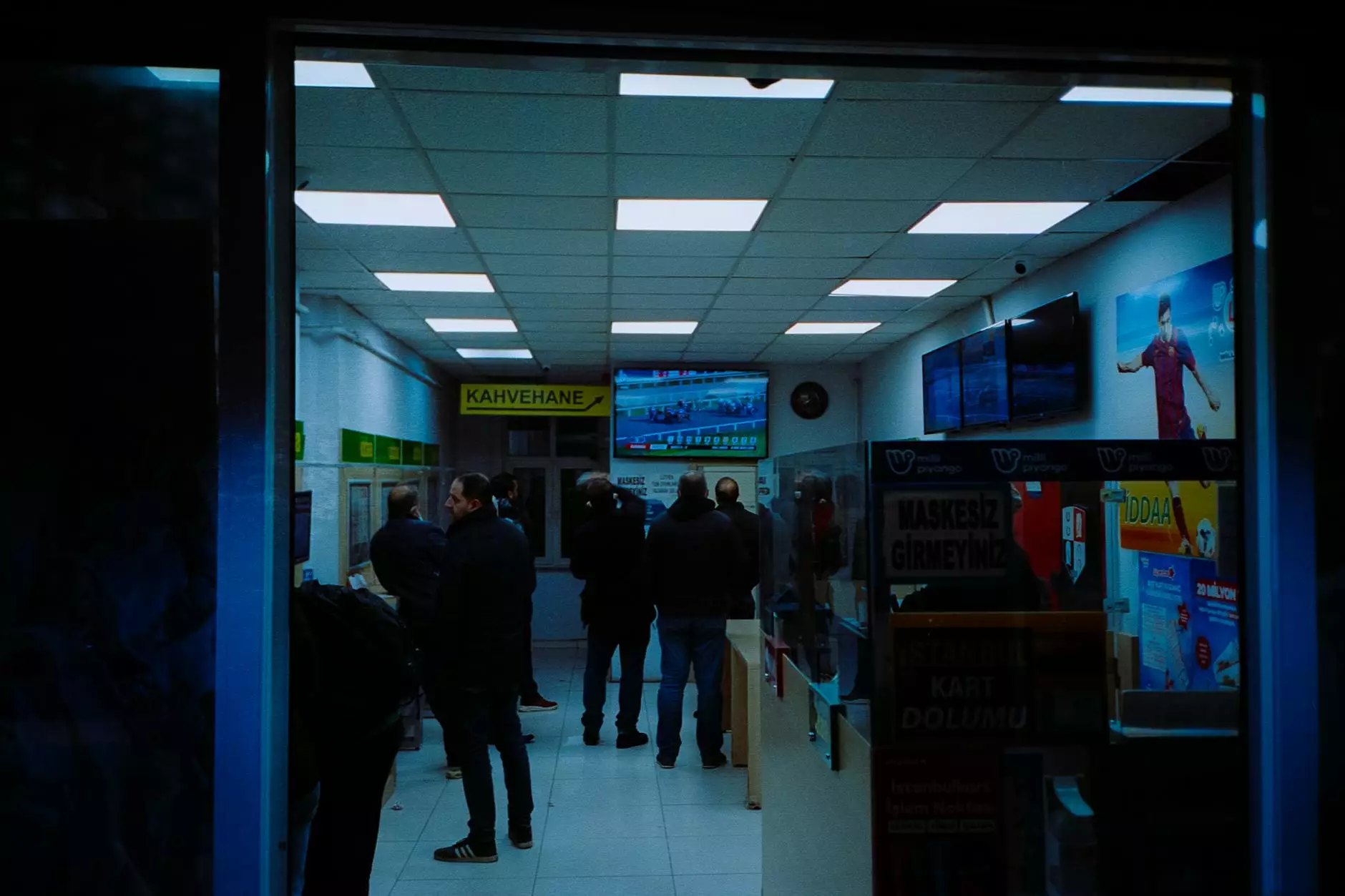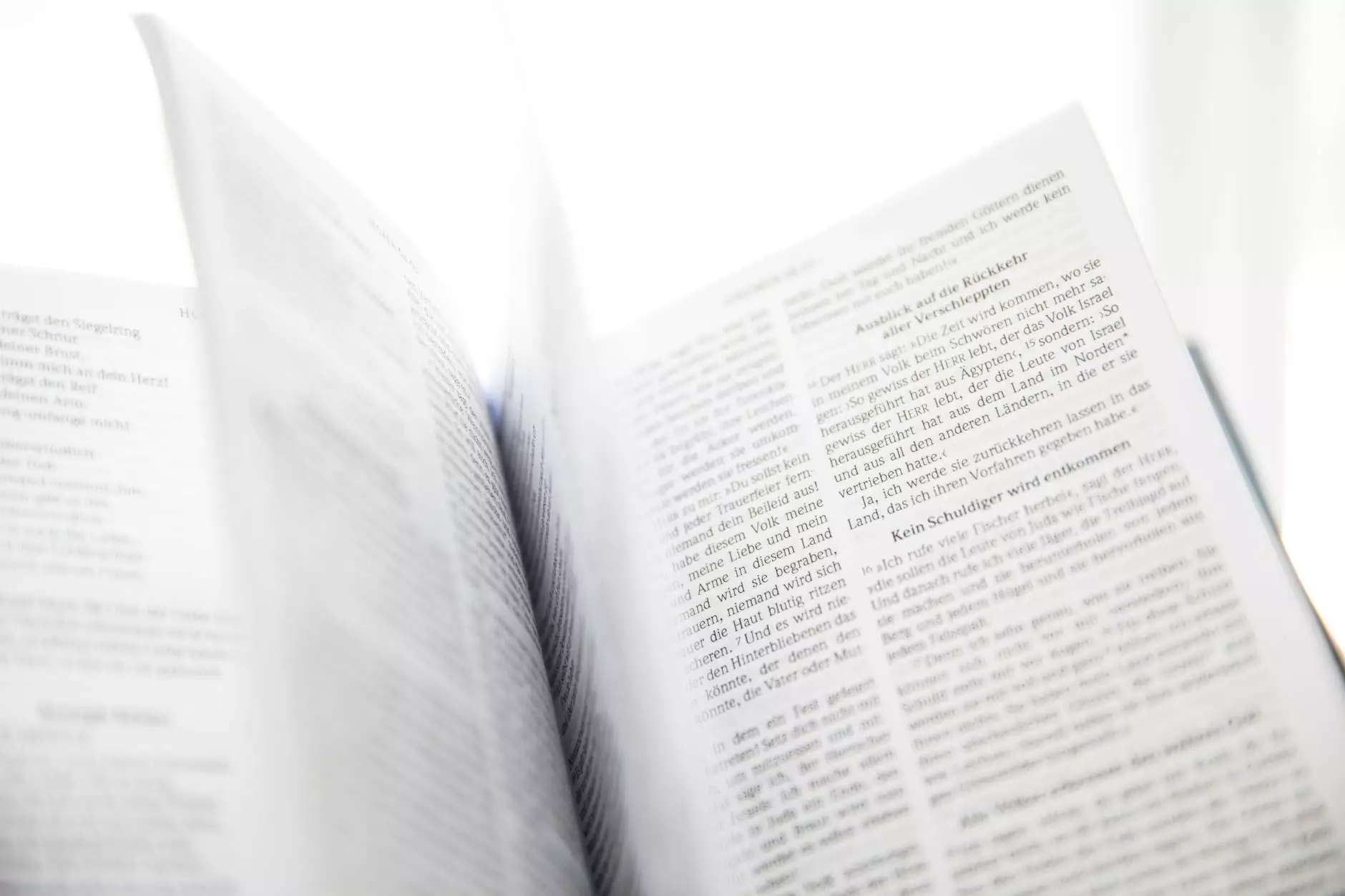Understanding Rhinoplasty Recovery: A Comprehensive Guide

Rhinoplasty, often termed a nose job, is a popular surgical procedure that can enhance the appearance of the nose or improve its function. While much attention is given to the surgical process, rhinoplasty recovery is a crucial phase in achieving the desired outcome. This article delves into every aspect of rhinoplasty recovery, ensuring that you are well-prepared for the journey ahead.
What is Rhinoplasty?
Rhinoplasty is a surgical procedure that reshapes the nose by adjusting its bone and cartilage. Whether performed for cosmetic reasons or to correct breathing issues, understanding the recovery process is vital for a successful outcome.
The Importance of Rhinoplasty Recovery
The recovery phase is essential in allowing your body to heal and adapt to the changes made during surgery. A well-managed recovery can significantly impact the final results, reducing the risk of complications and ensuring patient satisfaction.
Stages of Rhinoplasty Recovery
Recovery from rhinoplasty can be divided into several stages:
1. Immediate Post-Operative Period
Right after surgery, patients will spend time in a recovery room where they are closely monitored. This phase typically lasts a few hours and includes:
- Monitoring Vital Signs: Ensuring stability.
- Pain Management: Providing medications to minimize discomfort.
- Ice Application: Reducing swelling in the initial hours after surgery.
2. First Week Recovery
The first week post-rhinoplasty is the most crucial. During this period, you may experience:
- Swelling: This is normal and can take several days to decrease.
- Bruising: Some patients may notice discoloration around the eyes.
- Nasal Packing: If used, it will be removed within the first few days.
Following the initial instructions from your surgeon during this week is imperative. Rest is essential, and physical activities should be limited.
3. Two Weeks to One Month
After the first week, many patients begin to feel better. Here’s what to expect during this phase:
- Reduced Swelling: Most swelling will start to subside, but some may linger.
- Stitches Removal: If applicable, stitches will be removed around this time.
- Return to Normal Activities: Light activities may be resumed, but strenuous exercise should still be avoided.
4. One to Three Months
At this stage, the majority of swelling should have resolved. Patients can expect:
- Improved Appearance: The results of the surgery become more apparent.
- Gradual Healing: Complete healing may still be ongoing, particularly within the nasal tissues.
- Follow-Up Appointments: Regular check-ups with your surgeon will help to monitor healing.
5. Six Months to One Year
Full recovery from rhinoplasty typically takes about a year, during which you will observe:
- Final Results: The nose will have settled into its new shape.
- Long-term Care: Ensuring proper skincare and protection.
- Ongoing Support: Discussing any concerns with the surgeon.
Tips for a Smooth Rhinoplasty Recovery
To ensure an effective recovery from rhinoplasty, consider the following tips:
1. Follow Post-Operative Instructions
Your surgeon will provide specific guidelines tailored to your procedure. Adhering to these instructions will facilitate a smoother recovery.
2. Manage Swelling
Utilize cold compresses and keep your head elevated, especially during the first few days post-surgery to minimize swelling.
3. Stay Hydrated and Nourished
Eating a balanced diet and drinking plenty of fluids aids in recovery. Consider incorporating:
- Fruits and Vegetables: Rich in vitamins.
- Protein: Essential for healing.
4. Avoid Strenuous Activities
For at least a month, refrain from heavy lifting, vigorous exercise, or any activities that increase blood flow to the face.
5. Attend Follow-Up Appointments
Regular check-ups are vital for ensuring your nose heals properly and that any concerns are addressed early on.
Common Concerns During Rhinoplasty Recovery
1. Pain and Discomfort
Mild to moderate pain is common within the first week. Over-the-counter pain relievers or prescribed medications from your surgeon can alleviate discomfort.
2. Numbness and Sensation Changes
Some patients may experience numbness in the tip of the nose or upper lip. This is typically temporary, with sensation returning gradually.
3. Infection
Infection is a rare but serious complication. Look out for symptoms such as fever, increased redness, or unusual discharge from the nose. Do not hesitate to contact your surgeon if you have concerns.
The Emotional Aspect of Rhinoplasty Recovery
Undergoing rhinoplasty can also have emotional effects. Patients may have high expectations for their surgical outcome, leading to possible disappointment during the early recovery period. Changes in appearance can be significant, affecting self-esteem and body image. Consider the following:
- Be Patient: Healing takes time. Rushing the process can lead to frustration.
- Seek Support: Engaging with friends, family, or support groups can provide emotional relief.
- Consult Your Surgeon: For any concerns regarding your emotional well-being, discuss with your healthcare provider.
Conclusion
Recovering from rhinoplasty requires adequate preparation, knowledge, and adherence to your surgeon’s guidelines. Understanding the stages of rhinoplasty recovery empowers you to manage your expectations and facilitates a smooth healing process. At Clinic Health Beauty, we provide tailored support through your recovery journey, ensuring you achieve the best results possible.
Whether you're seeking cosmetic enhancements through our Cosmetic Dentists or medical advice from our Surgeons, our dedicated team prioritizes your health and beauty every step of the way.
Contact Us
If you are considering rhinoplasty or have any questions regarding the recovery process, do not hesitate to reach out to us at clinichealthbeauty.com. We are here to assist you with your journey toward enhanced confidence and satisfaction.









